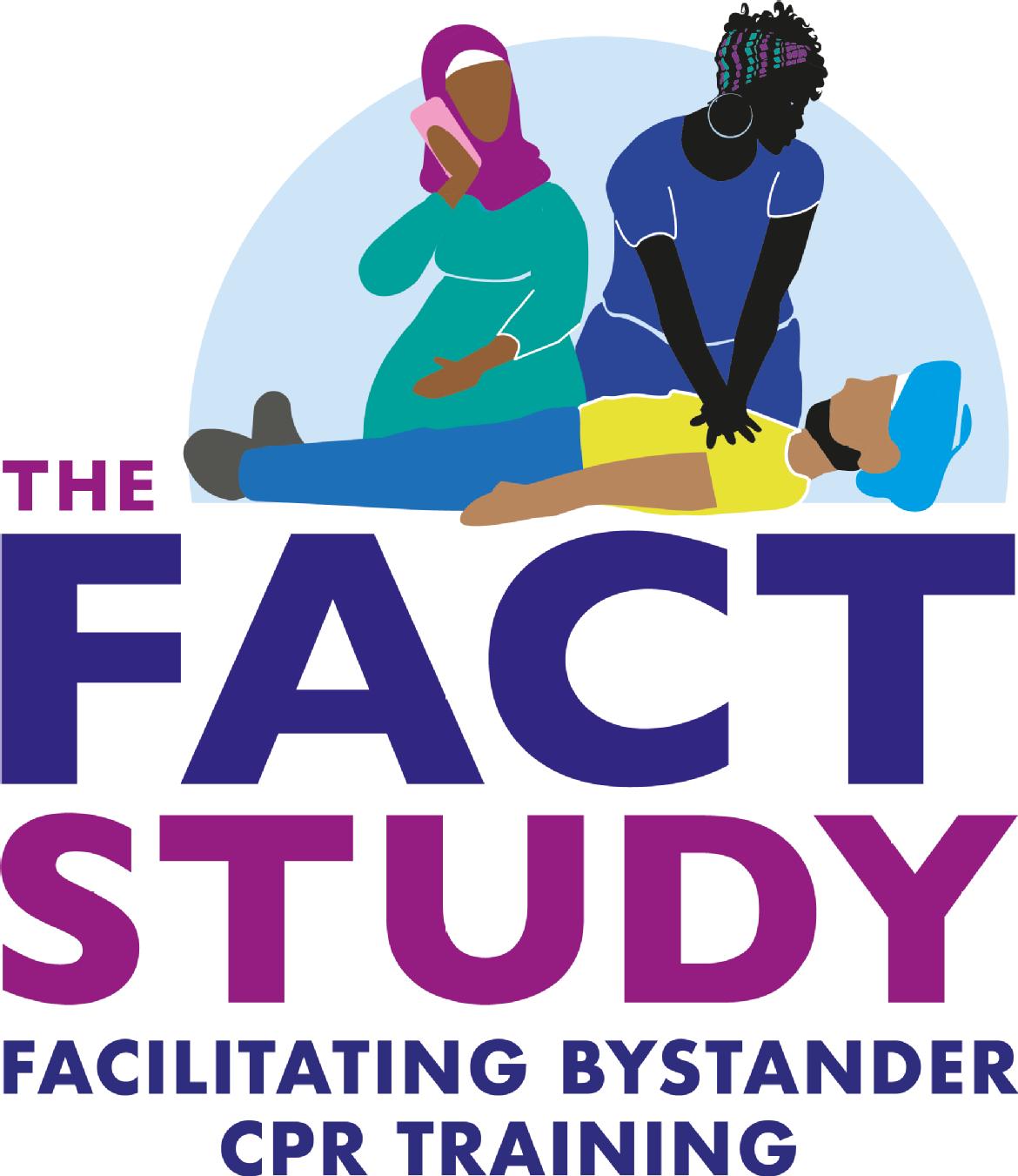Facilitating Bystander Cardiopulmonary Resuscitation Training in high-risk areas (FACT) study

What is this study about?
We know that if someone nearby knows how to do CPR (Cardiopulmonary resuscitation) and use a machine to restart their heart, it can be the difference between life and death for someone who has a cardiac arrest.
In some areas people are more likely to have a cardiac arrest, and in some of these areas there is less chance of a bystander doing CPR or using a heart-restarter machine before an ambulance arrives. We are calling these high-risk areas. They may be areas where people might feel marginalised or have fewer opportunities, and have a mix of people from diverse communities living there.
What do we want to do?
We think it’s really important to work out why this is happening, so we want to listen to people from high-risk areas across England. We are trying to find out about:
- Things that stop people from helping someone having a cardiac arrest
- Things that would help them get involved
We need help from people who know these areas to come up with solutions that might help bystanders get involved in helping a person who is having a cardiac arrest, and also help test them out.
Who are we doing this with?
King's College London and The University of Warwick are responsible for organising and running the study and our lead researcher is Dr Claire Hawkes.
Several members of our research study team are members of the public from minority backgrounds and are involved with their local communities through charity organisations, faith groups and volunteering. This includes a team member from the West Bromwich African Caribbean Resource Centre.
This study is funded by the National Institute for Health Research (NIHR) Health and Social Care Delivery Programme (Reference: 131623).
Glossary of Terms
CPR: Cardiopulmonary resuscitation
Pressing up and down on the chest of someone who has had a cardiac arrest. It helps to pump blood around the person’s body when their heart can’t.
Cardiac arrest:
When someone collapses because their heart stops beating and they stop breathing.
Bystander:
People who are nearby when someone else is having a cardiac arrest.
Heart-restarter machine:
A machine which can give an electrical shock to the heart of someone who is in cardiac arrest.
Also called: Defib, AED (Automated External Defibrillator), PAD (Public Access Defibrillator)

Contact details
The FACTs Team
Warwick Clinical Trials Unit
Tel: 02476 151712
Email: facts@warwick.ac.uk
